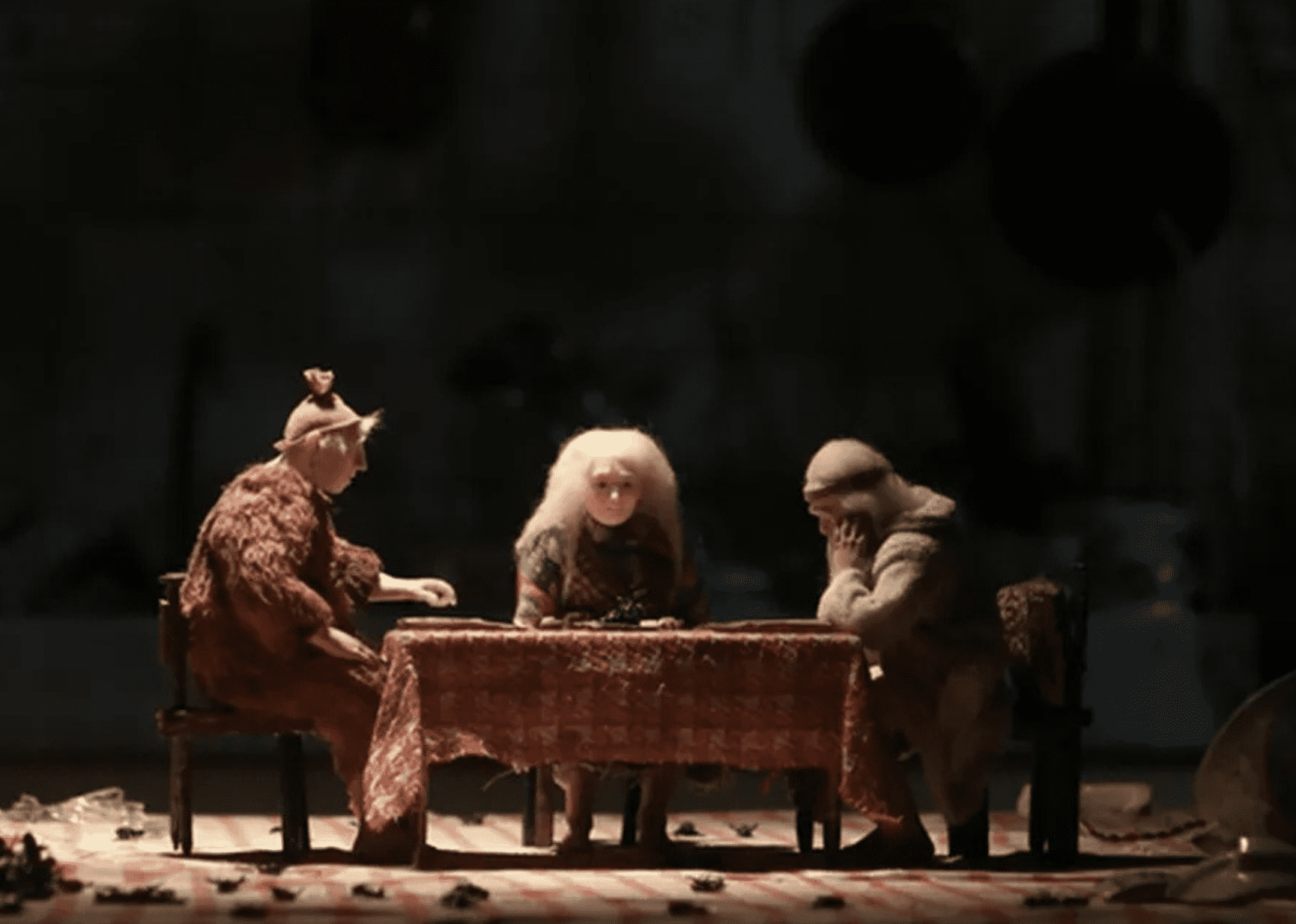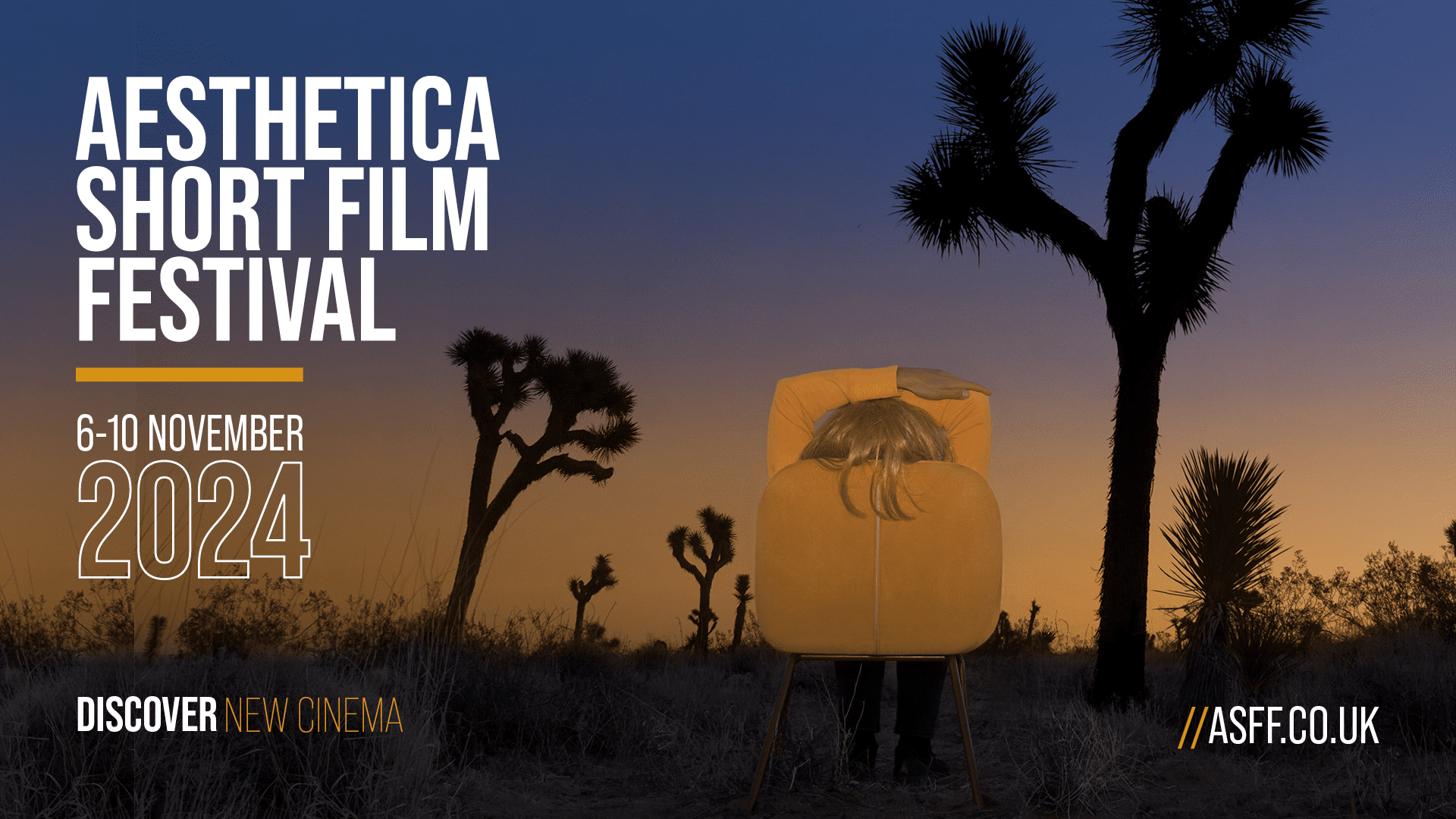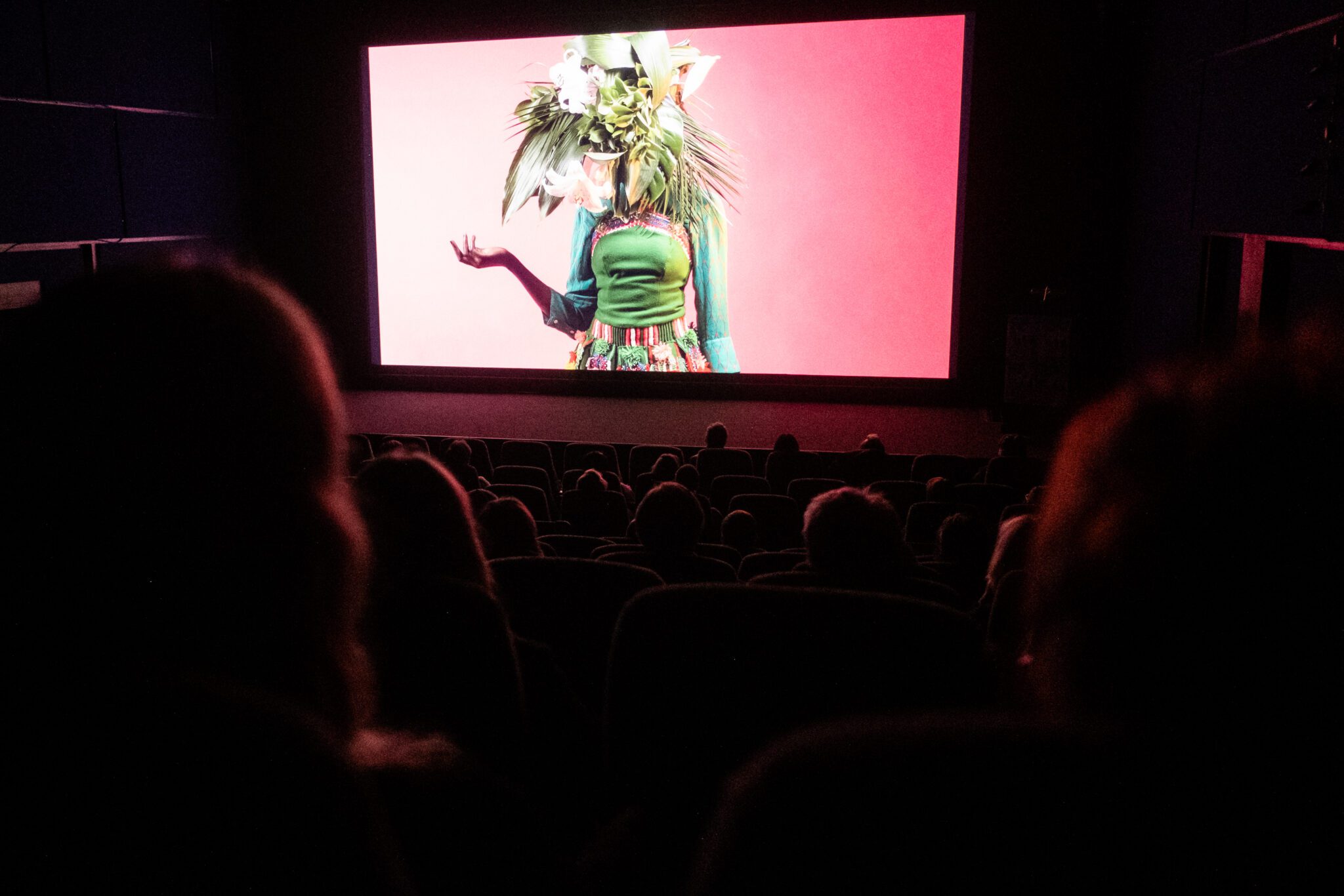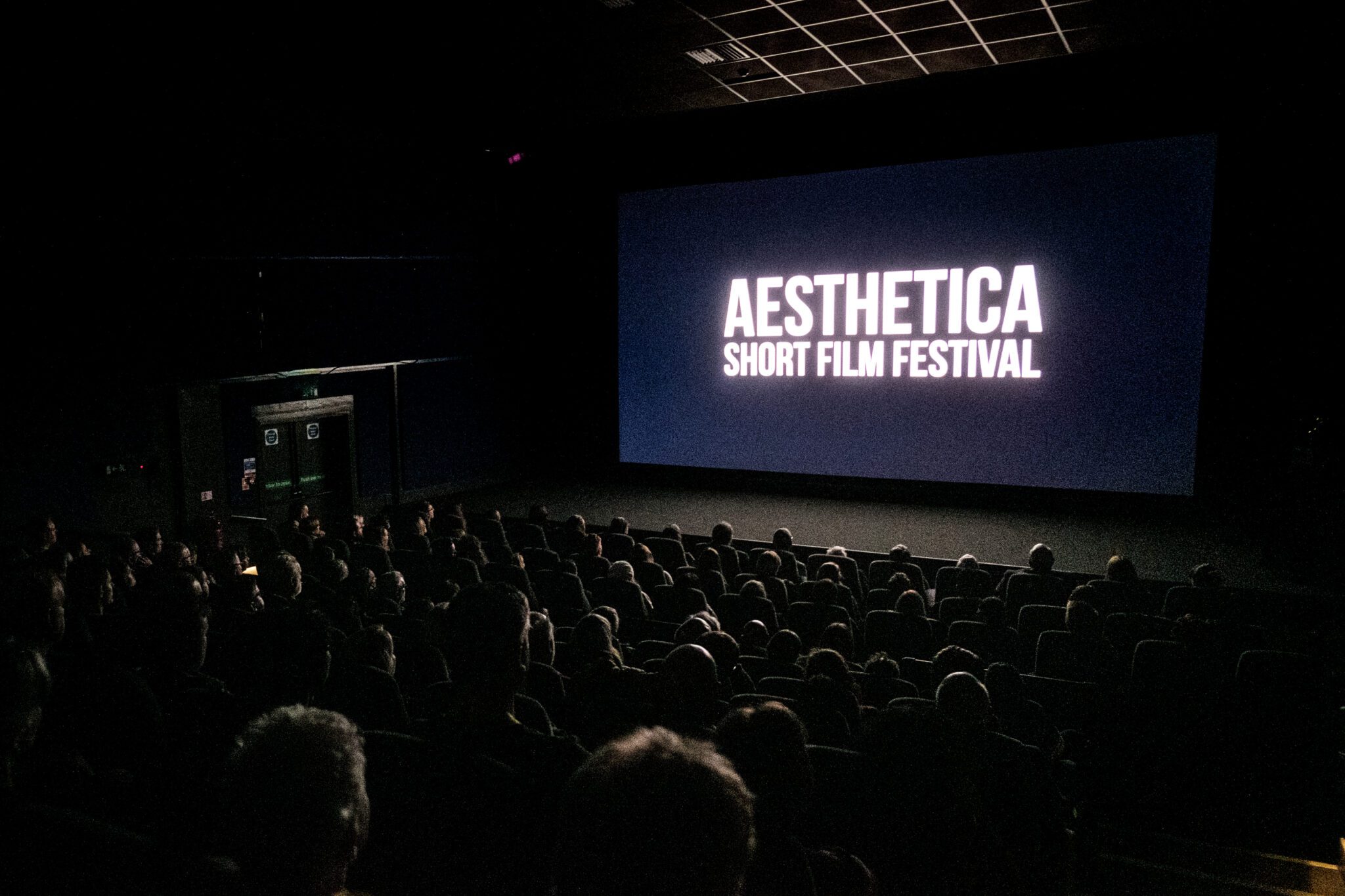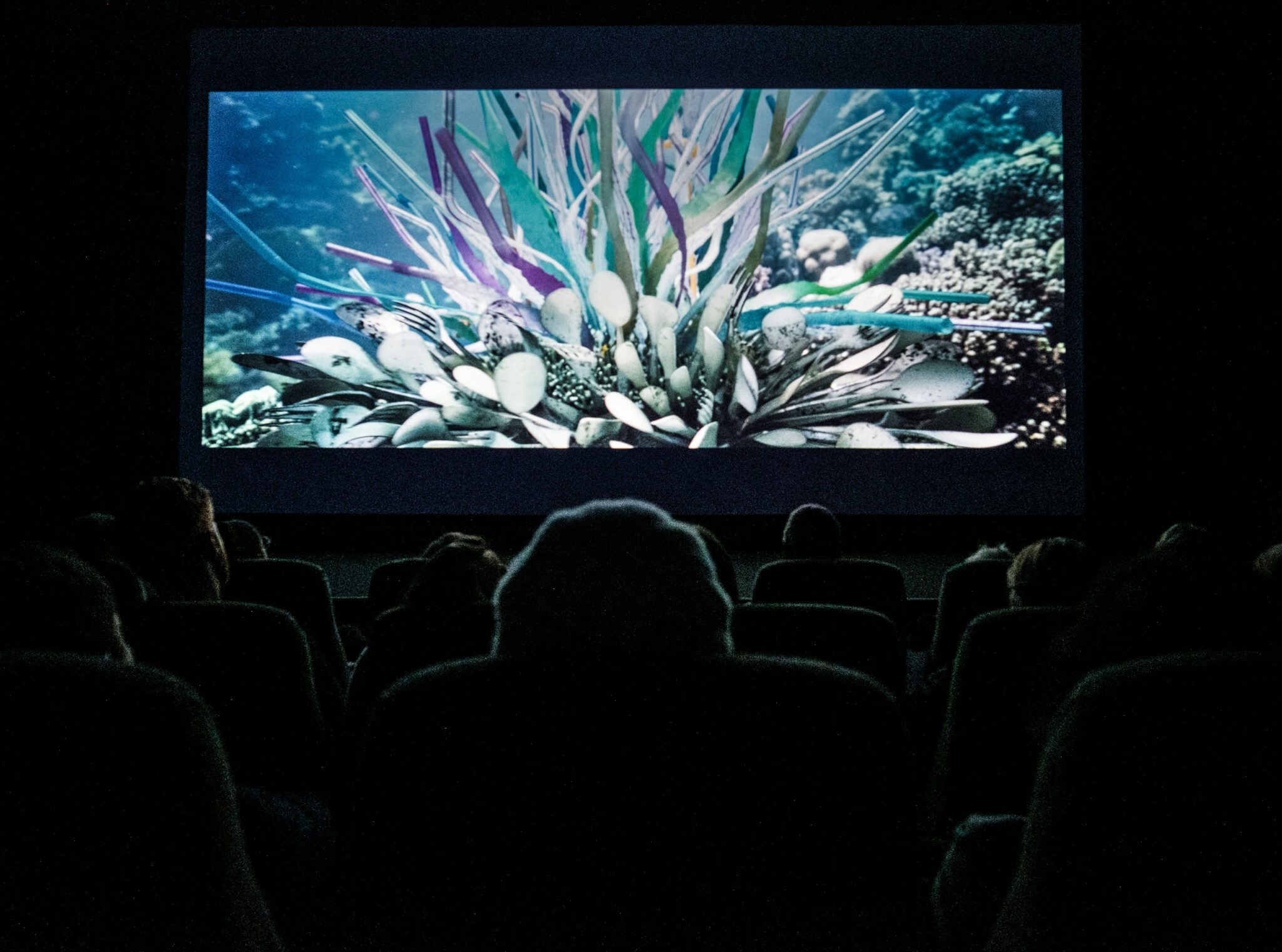Meet the Director of Wander to Wonder
Everyone has a particular children’s television programme that they hold close to their heart. Bagpuss, Danger Mouse, Scooby-Doo, Paddington, The Tweenies – the characters that come into our lives early can often stay with us forever. Aesthetica Alumnus and Director Nina Gantz taps into this feeling of childlike innocence in BAFTA-winning Wander to Wonder, before tipping expectations on their head. The film combines stop motion and live action to explore what happens to these beloved characters after the death of their presenter. Mary, Billybud and Fumbleton are left alone in the studio, each dealing with grief in their own way. The animation was screened at the 2024 Aesthetica Short Film Festival. We caught up with Nina about the eight-year process of creating the film, its critical acclaim at the BAFTAs and Oscars and how the story was informed by her own personal experiences.
A: In the space of a few weeks, you’ve attended the Oscars as a nominee and accepted a BAFTA for Wander to Wonder. How are you feeling?
NG: It’s been a wild ride. It’s very intense but so lovely that the film has been seen by this many people which is quite unusual for a short film. It has been really nice to hear that the film has found an audience and been embraced all over the world. That’s the only thing you can really wish for.
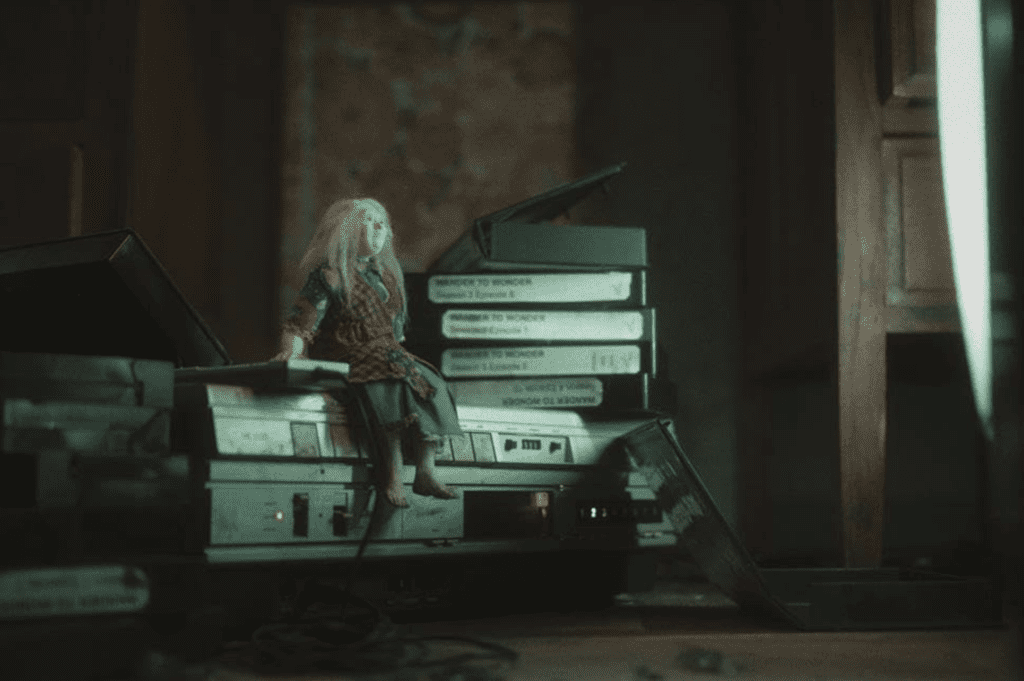
A: How was the experience of hearing that Wander to Wonder had won the BAFTA?
NG: I was really nervous about doing that speech so afterwards it was such a release. I’m incredibly proud of the whole team because we worked on it for a long time and with a lot of love and it was the product of so many really talented people. This kind of acknowledgement is wonderful because when you make a film, you never know if it’s going to work. It’s not the most straightforward kind of film – it’s dark, it’s funny but also a little absurd sometimes – it was a risk, and we didn’t know how it was going to fall with audiences. I was just amazed. I’d won a BAFTA with my previous film and the first time, you feel like it might have been a fluke, and you doubt yourself. It’s almost better the second time. You think: “okay, I’ve got something going that people understand and like.”
A: You said that the idea felt like a risk. Take us back to when you first had the idea. How did it come about? Why did it feel like something you wanted to pursue?
NG: It came about in a number of ways. First, I really want to make something with live action and stop motion. I love the work of Ray Harryhausen and how he combines traditional animation techniques with live action. You can still see the technique, but it’s convincing. I wanted to do something with that. Then I was on a plane with Simon Cartwright and we were talking about the kids TV shows that we used to love, and how that was a natural place where those two things come together – a real TV presenter with puppets. We loved that these old shows were sweet and innocent, but then you could make a big juxtaposition to that: a really dark or bleak reality behind the programme. That contrast was the first spark that made us think “we’ve got something interesting here.” The idea changed a lot over time. After five years, Simon went off the project as he needed to work on something else. For me it felt like I couldn’t make this old version anymore as it was too much of us both and I needed to make it of my own. It also was so long into the process that I changed as a maker and my interests shifted, so I called in the help of Dutch writer Daan Bakker to help me find the love back for the project. Then it started to become way more about the little miniature people instead of the Uncle Gilly character. I killed him in this version, but he was very much alive in the previous iteration. It became much more about how these three miniature people coped with this new reality and tried to move on after such a seismic event.
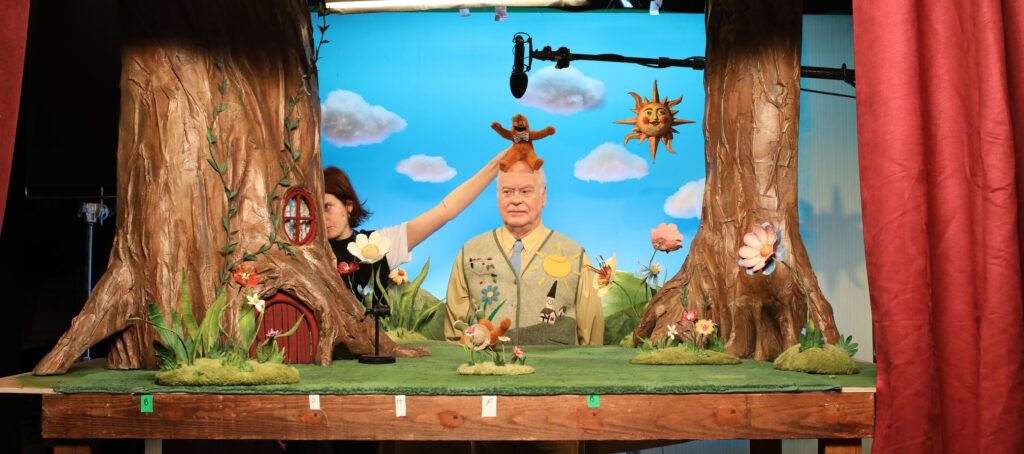
A: You’ve spoken previously about how your own experiences with grief affected your writing of the story. Could you tell us a bit about that?
NG: I had a personal experience while I was writing that last version. Someone close to me died and we had all been taking care of him. I saw that everyone reacted to his death in a very different way. For some people, it might have felt like a release, whilst others kept clinging onto the legacy. That is something you can see now in the film. These three little humans, they all react to the death of their creator in very different ways. Mary clings on to the past and keeps on making the show, even though no one’s watching. Fumbleton, who’s played by Toby Jones, finally finds the freedom to show his skills as a serious Shakespearean actor after having played the stupid character in the show for so long. The story about grief made it’s way in without even noticing it really. It’s only now in hindsight that I can see how much my own personal experience influenced it.
A: What would you say were the main challenges and highlights of making a film like this?
NG: A huge challenge was actually making the puppets look believable alongside the live action character. I didn’t want to lose the stop-motion look, but they also needed to mix in with the live action character, so they looked like little humans and not like puppets that came alive. The scale of the puppets was a huge challenge during the production. Next to the real life-size sets and props they needed to be a certain size. Making them too big would have looked a bit creepy. This meant that things like the eyelids were half a millimeter big and they needed to be picked up with tweezers and put on the eyes. They were so small that they would just jump off the puppets like fleas every time an animator tried to put them on the eyeballs. At the end of the animation day, we were all on our hands and knees looking for these eyelids. I’m very proud that we made it work because it was a very new technique for me and for a lot of the people in the team. Everyone just went for it, that’s why it’s so rewarding.
A: What do you like about working in the short form that really appeals to you?
NG: I love the puzzle that is that it takes to create a full story in a short space of time. I wanted to create something that felt like it spanned a longer period of time, and that’s quite hard in a short film. Emotional arcs are really hard because you want some change in the characters, but you also don’t want it to feel contrived at the end. I enjoy putting in a lot of information because what I also love about short film is that you can see it again. I made this film with the idea that after the second or third watch, you could still discover things.
That’s why it’s so crammed with information – just looking at the sets or the character’s hands, they’re all little ways to tell and layer the story.
A: Why did stop motion feel like the right way to create these characters and tell this story?
NG: I love the tactile nature of stop motion and that you see the human touch in every single frame and there is almost an extra layer of storytelling in there. In my previous film, for instance, I made it all in wool and it was about a cannibal that wants to eat the people out of love. That could have been very grim and yuck – at some point he even bites someone’s ear off and there’s blood coming out – but because that blood is made of wool, you can take it better as an audience. You have to enjoy the process in animation, in stop motion especially, because it completely does not make sense financially or time wise.
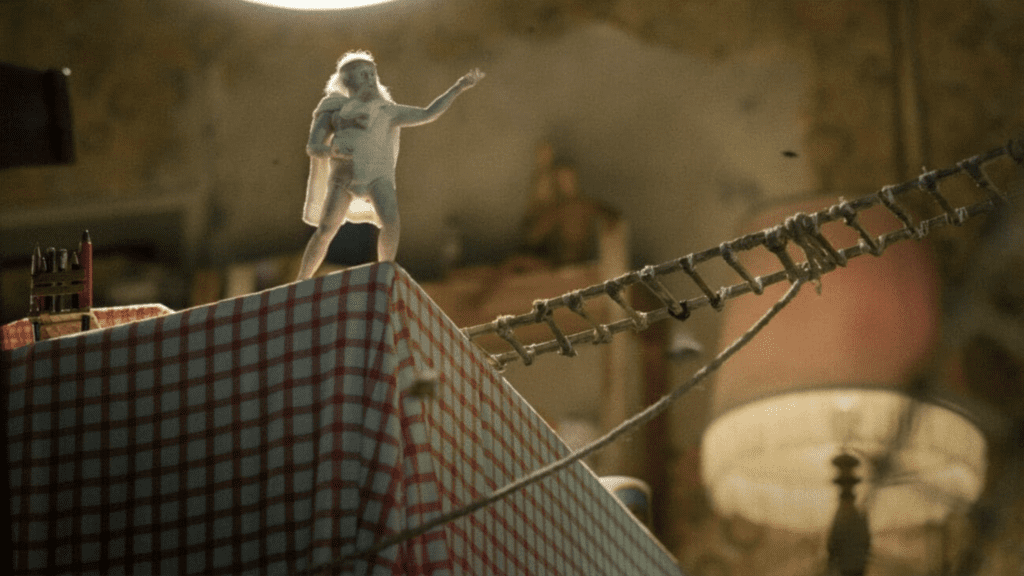
A: What sort of reaction have you had from audience?
NG: I’ve had such amazing feedback, everyone understood story much better than I anticipated. I love that people get the loneliness or the absurdity of grief or trying to move on. I’ve been especially moved when someone has said to me that they see that there’s like hope at the end of the film. It’s very nice that people have picked up on that.
A: What’s next for you?
NG: I’ve got two feature films in development. The first is being made with the producers of Wander to Wonder and is also is going to be a combination of stop motion and live action. It is set on a cruise ship. It also comes from a personal experience of me being the only kid on a cruise ship voyage whilst my mom was an entertainer. Similar to Wonder to Wonder, it will be dark, humorous and will have a certain nightmarish vibe to it, so very much for adults. I also have a family film in development, which is a musical. My husband, who’s created all the music for my films, will be collaborating with me on this one too. It’s going to be a tribute to the pigeons of Amsterdam, and what’s really exciting is that the entire film will be crafted from bits of discarded materials.
Learn More: Wander to Wonder | Nina Gantz | Blinkink Studio




